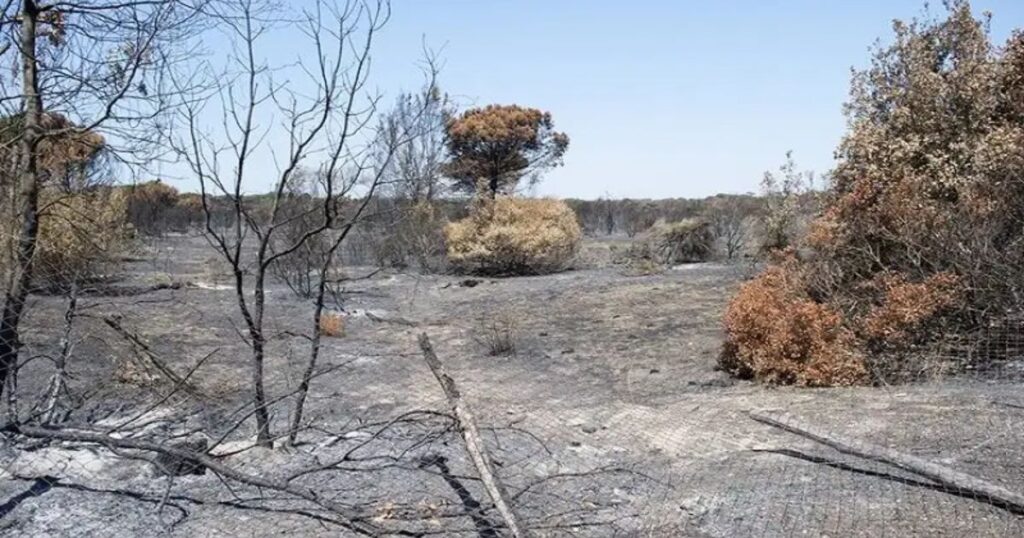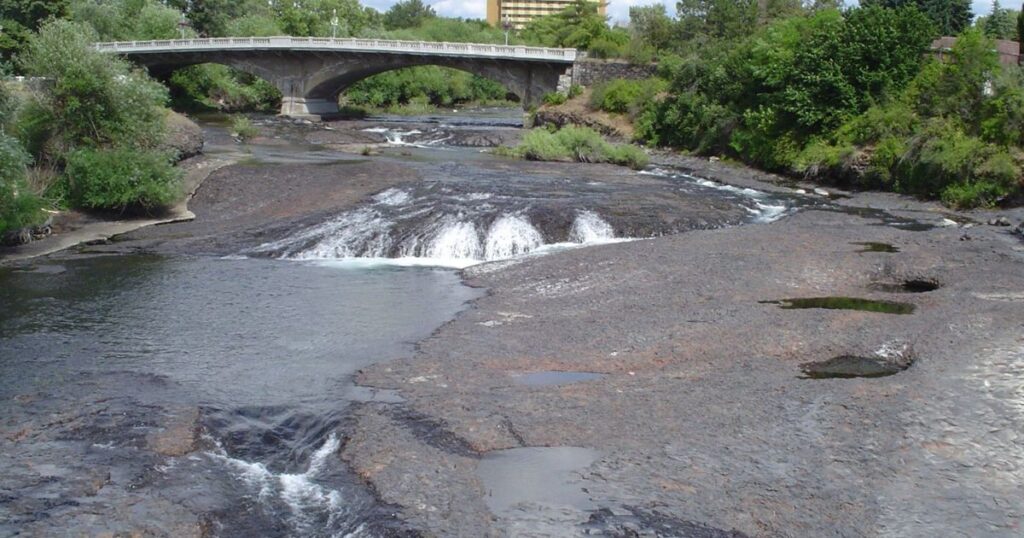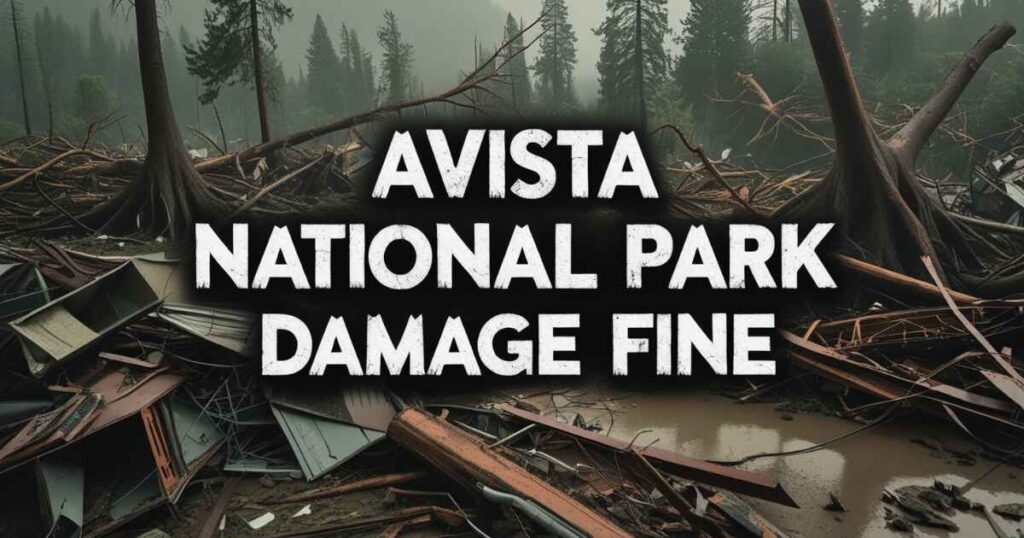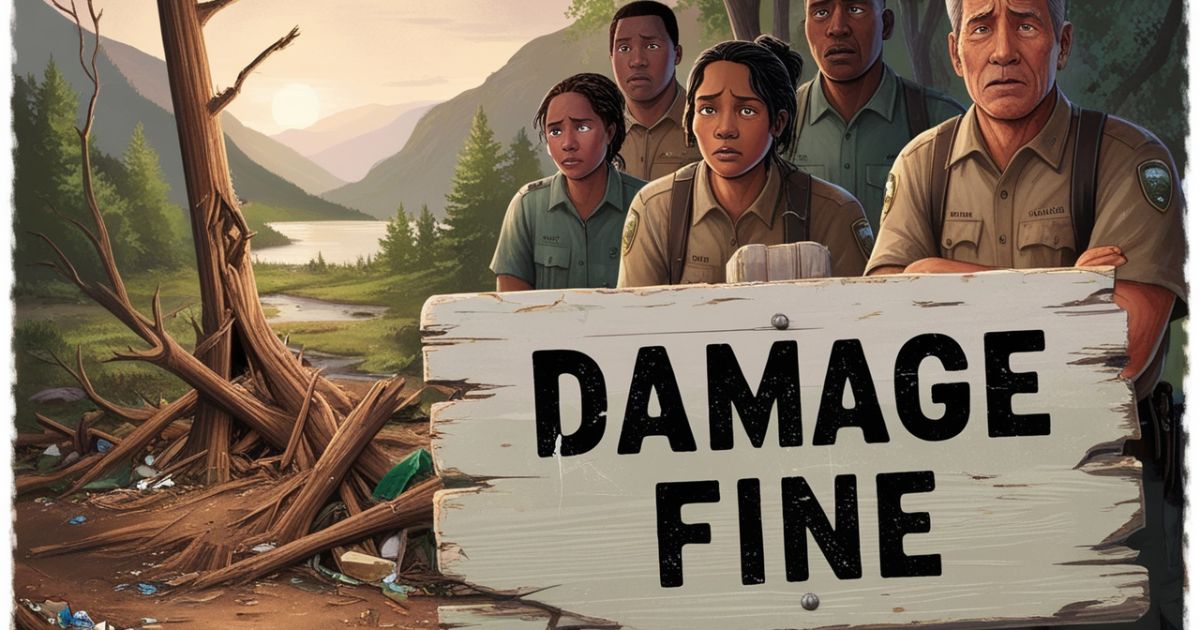The recent incident at Avista National Park has brought national attention to the critical balance between public access and environmental preservation in our protected lands.
This comprehensive analysis examines the implications of unauthorized access, resultant damages, and the enforcement actions that followed, providing valuable insights for park management and conservation efforts nationwide.
What Happened at Avista National Park?
On September 15, 2024, park authorities made a disturbing discovery that would reshape conservation practices. An individual engaged in unauthorized off-trail hiking ventured deep into restricted areas, causing extensive damage to protected geological formations and native vegetation.
The incident affected approximately two acres of protected land, compromising several protected species habitats and disrupting vital water systems.
Through surveillance footage and witness accounts, authorities identified the perpetrator who had deliberately ignored clearly posted warning signs and physical barriers. The significance of this incident extends beyond mere vandalism.
Environmental assessment teams documented comprehensive damage to unique geological features that had formed over millions of years, alongside destruction of fragile plant communities that play crucial roles in the local ecosystem.
The impact on wildlife habitats was particularly severe, disrupting breeding patterns and forcing animal populations to relocate.
Why Do Parks Impose Fines for Damages?

The implementation of damage fines in national parks serves multiple crucial purposes in modern conservation efforts. These financial penalties act as both deterrent and funding mechanism for vital restoration work.
The system of fines has evolved through decades of park management experience, proving particularly effective in maintaining the delicate balance between public access and preservation.
Protecting the Ecosystem and Wildlife
Environmental protection at Avista National Park encompasses a complex web of interconnected systems. The park’s ecosystem supports diverse wildlife populations and plays a crucial role in regional biodiversity.
When damage occurs to any part of this system, the effects ripple throughout the entire environmental network. The recent incident has highlighted the vulnerability of these systems and the importance of stringent protection measures.
Environmental Impact Assessment Summary
| Impact Area | Short-term Effects | Long-term Implications |
| Vegetation | Immediate destruction | 3-5 year recovery period |
| Wildlife Habitat | Population displacement | Breeding pattern disruption |
| Water Systems | Quality compromise | Extended monitoring needed |
| Geological Features | Irreversible damage | Permanent loss of formations |
Deterring Irresponsible Behavior
The implementation of substantial fines serves as a crucial deterrent against park violations. The park authorities have found that financial penalties, when properly enforced and publicized, significantly reduce instances of intentional damage.
The deterrence strategy combines immediate penalties with long-term consequences, including potential restrictions on future park access.
Funding Conservation Efforts

The revenue generated from damage fines plays a vital role in supporting essential conservation efforts. At Avista National Park, these funds directly contribute to habitat restoration, scientific research, and educational initiatives.
The park’s financial management system ensures that penalties collected from violators directly support the areas most affected by damaging activities.
Read this Post: Financial Updates by Aggr8Finance: A Complete Guide to Navigating the Latest Trends and Insights
The Fine Imposed on the Offender
The $50,000 fine imposed reflects the severity of the violations and estimated restoration costs. This substantial penalty was calculated based on multiple factors, including immediate cleanup requirements, long-term restoration planning, and compensation for disrupted research projects. The offender was also required to participate in environmental education programs and complete community service focused on park restoration.
Financial and Environmental Impact
The total financial impact extends significantly beyond the initial fine. The comprehensive restoration project is estimated to cost $75,000, encompassing specialized labor, materials, and ongoing scientific monitoring. Environmental experts project a recovery period of up to five years for the affected areas to return to their natural state.
Financial Impact Breakdown
| Category | Estimated Cost | Timeline |
| Initial Fine | $50,000 | Immediate |
| Restoration Work | $75,000 | 5 years |
| Scientific Monitoring | $25,000 | Ongoing |
| Educational Programs | $15,000 | Annual |
Public Reaction to the Incident
The incident generated significant public discourse, with local environmental organizations and community leaders taking active roles in promoting awareness.
Conservation groups have used this event to highlight the importance of responsible park usage, while the tourism industry has worked to address concerns about long-term park access and preservation.
How Such Incidents Can Be Prevented

Prevention strategies implemented by park authorities include enhanced surveillance systems, increased ranger patrols, and comprehensive visitor education initiatives.
The park has also installed additional physical barriers in sensitive areas and improved signage to clearly communicate regulations and potential penalties.
Legal Implications for Offenders
The legal framework governing park violations includes both civil and criminal components. The Legal Team has established a structured approach to handling violations, incorporating monetary penalties, mandatory restoration participation, and potential criminal charges for severe cases.
Legal Consequences Framework
| Violation Type | Penalty Range | Additional Requirements |
| Minor Infractions | $500-5,000 | Educational Programs |
| Moderate Damage | $5,000-25,000 | Restoration Participation |
| Severe Violations | $25,000+ | Criminal Charges Possible |
The Role of Park Authorities
Park management maintains a delicate balance between preservation and accessibility. Scientists work alongside rangers and administrators to monitor environmental conditions, assess damage, and develop restoration strategies.
This collaborative approach ensures comprehensive protection of park resources while maintaining appropriate public access.
Community Involvement in Conservation
The incident has catalyzed remarkable community engagement in park preservation. Local organizations have partnered with park authorities to develop comprehensive volunteer programs that support maintenance, education, and monitoring efforts.
These initiatives have created a sustainable model for community-based conservation that extends beyond immediate recovery efforts.
Learning from Past Incidents
Historical data provides valuable insights into violation patterns and effective prevention strategies. Analysis shows a significant trend in both incident frequency and fine amounts:
Historical Incident Analysis
| Year | Number of Incidents | Total Fines | Recovery Period |
| 2022 | 15 | $125,000 | 2-3 years |
| 2023 | 12 | $180,000 | 1-4 years |
| 2024 | 8 | $250,000 | 2-5 years |
Importance of Protecting Natural Heritage
The preservation of natural heritage serves multiple crucial functions beyond recreation. These protected areas play vital roles in climate regulation, scientific research, and cultural preservation. The incident at Avista National Park has emphasized the irreplaceable nature of these resources and the collective responsibility to protect them.
Encouraging Responsible Tourism

The park has implemented comprehensive sustainable tourism practices that balance visitor experience with environmental protection. These initiatives include pre-visit orientation sessions, guided educational tours, and interactive programs that help visitors understand their role in preservation.
Read This Post: Adsy.pw/hb3: Exploring the Digital Content Platform
Steps Taken After the Incident
The park’s response encompasses both immediate actions and long-term planning strategies. A systematic approach to recovery and prevention has been implemented:
Response Implementation Timeline
| Phase | Actions | Timeline |
| Immediate | Damage Assessment, Area Securing | 1-2 weeks |
| Short-term | Enhanced Security Installation | 1-3 months |
| Medium-term | Restoration Activities | 6-18 months |
| Long-term | Ecosystem Monitoring | 2-5 years |
FAQ’s
Why was a fine imposed at Avista National Park?
The $50,000 fine was imposed due to extensive unauthorized access and deliberate damage to protected areas, including destruction of rare geological formations and disruption of wildlife habitats.
How are damage fines calculated in national parks?
Fines are calculated based on multiple factors, including extent of damage, restoration costs, ecological impact, and precedent from similar cases. The process involves detailed assessment by Scientists and environmental experts.
What measures can visitors take to prevent damage to parks?
Visitors can protect parks by strictly following designated trails, respecting barriers, properly disposing of waste, and participating in park orientation programs. Understanding and following park regulations is essential for preservation.
Can fines be contested legally?
Yes, violations can be contested through administrative and legal channels. However, the park’s robust documentation practices, including surveillance footage and scientific assessments, ensure enforcement actions are well-supported.
What are the benefits of volunteering for national park conservation?
Volunteering provides opportunities to contribute directly to environmental preservation while gaining valuable experience in conservation techniques and environmental stewardship.
Conclusion
The incident at Avista National Park serves as a pivotal moment in park conservation history. Through comprehensive fines, enhanced security measures, community involvement, and educational initiatives, significant steps have been taken to prevent future occurrences.
The response demonstrates how challenges can be transformed into opportunities for improving conservation practices and strengthening community engagement in environmental protection.
The lessons learned from this incident continue to inform park management practices nationwide, emphasizing the delicate balance between public access and preservation of our natural heritage for future generations.

Beau Alexander is an experienced administrator known for his exceptional organizational skills and keen attention to detail. With a strong background in team leadership and project management, Beau excels at streamlining operations and enhancing productivity. His proactive approach ensures efficient problem-solving and seamless coordination across departments. Beau’s personable nature and excellent communication skills make him adept at building strong relationships with both colleagues and stakeholders. Dedicated to fostering a positive work environment, he consistently drives initiatives that promote growth and innovation.








